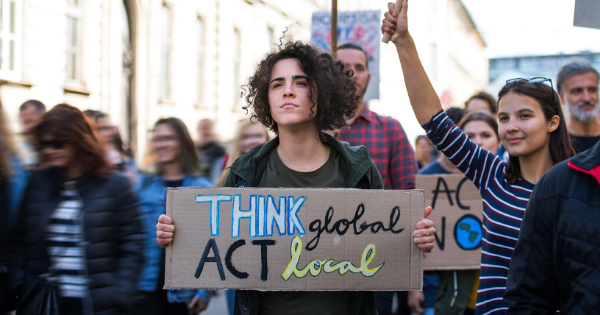pedal poll/Sondo vélo
You can make an impact by collecting cycling data anywhere in Canada
Pedal Poll/Sondo Vélo is returning June 2022.
Building on the success of 2021, volunteers stationed across the country will observe cyclists pass by, collecting valuable data on who is biking and where.
Join us and invite others to participate in Pedal Poll/Sondo Vélo, Canada’s National cyclist count! We will provide instructions for communities to collect data so it can be compared regionally, nationally, and internationally.





